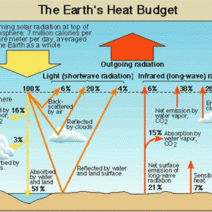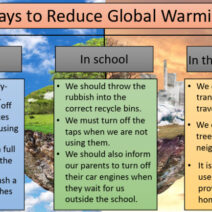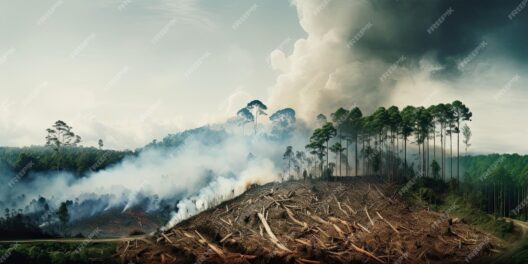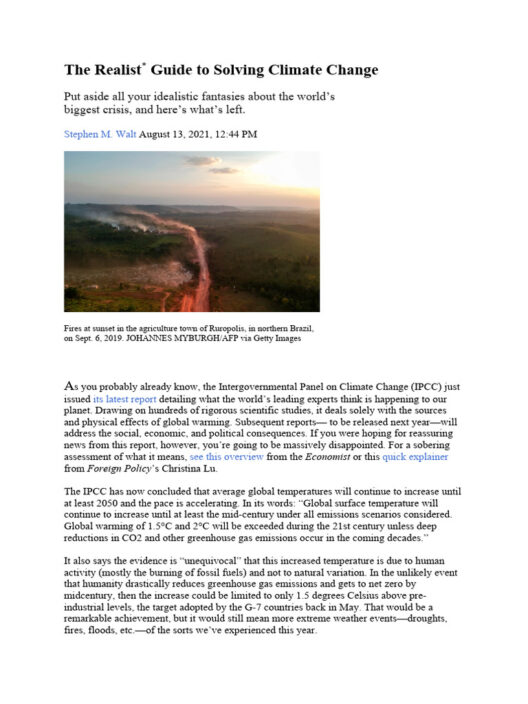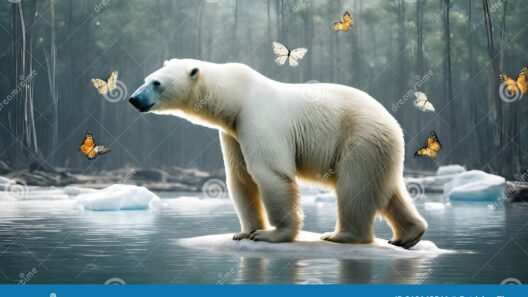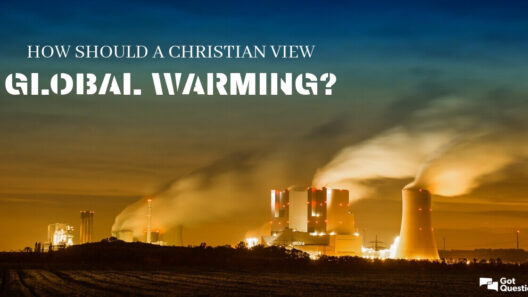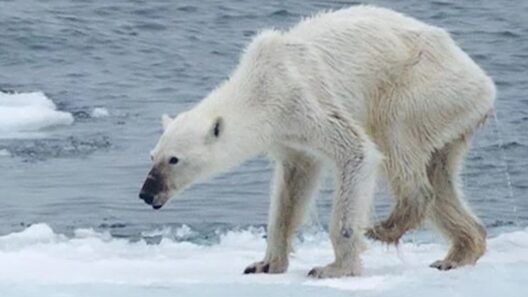The phenomenon of global warming, primarily induced by anthropogenic activities, has led to a plethora of complex discussions surrounding its potential repercussions on Earth’s climatic patterns. One of the more intriguing, yet contentious, notions posits that global warming could interrupt or even avert the onset of the next Ice Age. This article endeavors to examine this hypothesis by scrutinizing the mechanisms of climate change, historical climatology, and the intricacies of Earth’s climatic systems.
The Earth has experienced multiple glacial and interglacial periods over the past hundreds of thousands of years, a cyclical phenomenon driven by a range of natural factors including variations in Earth’s orbit, solar radiation levels, and greenhouse gas concentrations. During the last Ice Age, which peaked around 20,000 years ago, vast ice sheets covered significant portions of North America and Eurasia. The transition into the current interglacial period, known as the Holocene, was marked by a notable increase in temperatures.
Current scientific evidence suggests that the Earth is in a state of warming, primarily due to the accumulation of greenhouse gases in the atmosphere. These gases, particularly carbon dioxide (CO2) and methane (CH4), act as a blanket, trapping heat and raising global temperatures. As the planet warms, one could postulate that the conditions conducive to the formation of ice sheets may be negatively impacted, possibly delaying the onset of the next glacial period. However, this assertion is not universally accepted, as the climate system is governed by a myriad of interconnected components.
The scientific community has identified two critical elements that could illuminate the relationship between global warming and Ice Age cycles: the Milankovitch cycles and oceanic conveyor belts. Milankovitch cycles encompass changes in Earth’s orbital characteristics, including axial tilt, precession, and eccentricity, which collectively influence long-term climate patterns. These natural variations are responsible for shifts between glacial and interglacial periods over tens of thousands of years. Even amid global warming, these cycles will continue to exert an influence on Earth’s climate, raising questions about their interplay with anthropogenic temperature increases.
In addition, the role of oceanic currents in regulating climate cannot be underestimated. The thermohaline circulation, often referred to as the oceanic conveyor belt, drives global climate by regulating heat and nutrient distribution across the planet’s oceans. As global temperatures ascend, the melting of polar ice caps results in an influx of freshwater into oceans, disrupting this delicate circulation system. Such disruptions could lead to profound climatic shifts, potentially expediting localized cooling in certain regions, such as Western Europe. In this context, global warming may both impede the onset of an Ice Age while simultaneously engendering new climatic anomalies.
Moreover, one must consider the feedback mechanisms inherent within the climatic system. For instance, as temperatures rise and polar ice diminishes, darker ocean waters and land surfaces absorb more solar energy, exacerbating warming. Additionally, the release of stored methane from permafrost—known as a positive feedback loop—could intensify greenhouse gas concentrations, further complicating projections for the future climate. While these factors might suggest a pathway toward delayed glaciation, the concept of feedback loops illustrates that outcomes remain uncertain and heavily contingent on anthropogenic actions moving forward.
The potential consequences of sustained global warming extending the timeframe before the onset of the next Ice Age is fraught with implications. The delay of glacial expansion may yield immediate benefits, such as prolonged agricultural viability in certain regions. However, the broader environmental ramifications may present more significant challenges. For instance, altered weather patterns, increased frequency of extreme weather events, and rising sea levels could trigger widespread ecological upheaval. These factors must be considered holistically, as they also intersect with issues of biodiversity loss and socioeconomic stability.
Conversely, some climatologists contend that while human-induced warming may delay the next Ice Age, it could also lead to new, unpredictable climatic phenomena that might replicate conditions conducive to glacial formation in specific regions. The historical context of Earth’s climate variability underscores the notion that while external forces—such as greenhouse gas emissions—can heavily influence current trends, natural processes will likely assert themselves over much longer timescales. Such insights emphasize the need for a cautious approach when speculating about the distant future of Earth’s climate.
In conclusion, the hypothesis that global warming could prevent the next Ice Age invites an evaluation of nuanced climatic dynamics rather than a simplistic cause-and-effect rationale. The interplay of Milankovitch cycles, oceanic currents, and feedback mechanisms serves to illustrate the complexity of Earth’s climate. As scientists endeavor to model and better understand these interconnections, it becomes imperative to recognize the consequences of anthropogenic actions and their profound implications for future climatic trajectories. The continuance of aggressive emissions reduction and proactive environmental stewardship will be critical, not only in addressing contemporary challenges but also in navigating an uncertain climatic future.
As humanity stands at the crossroads of environmental decision-making, the urgency to address climate change has never been clearer. The question remains whether we will adapt and mitigate our impact or allow the subtle yet formidable forces of nature to dictate our fate.
